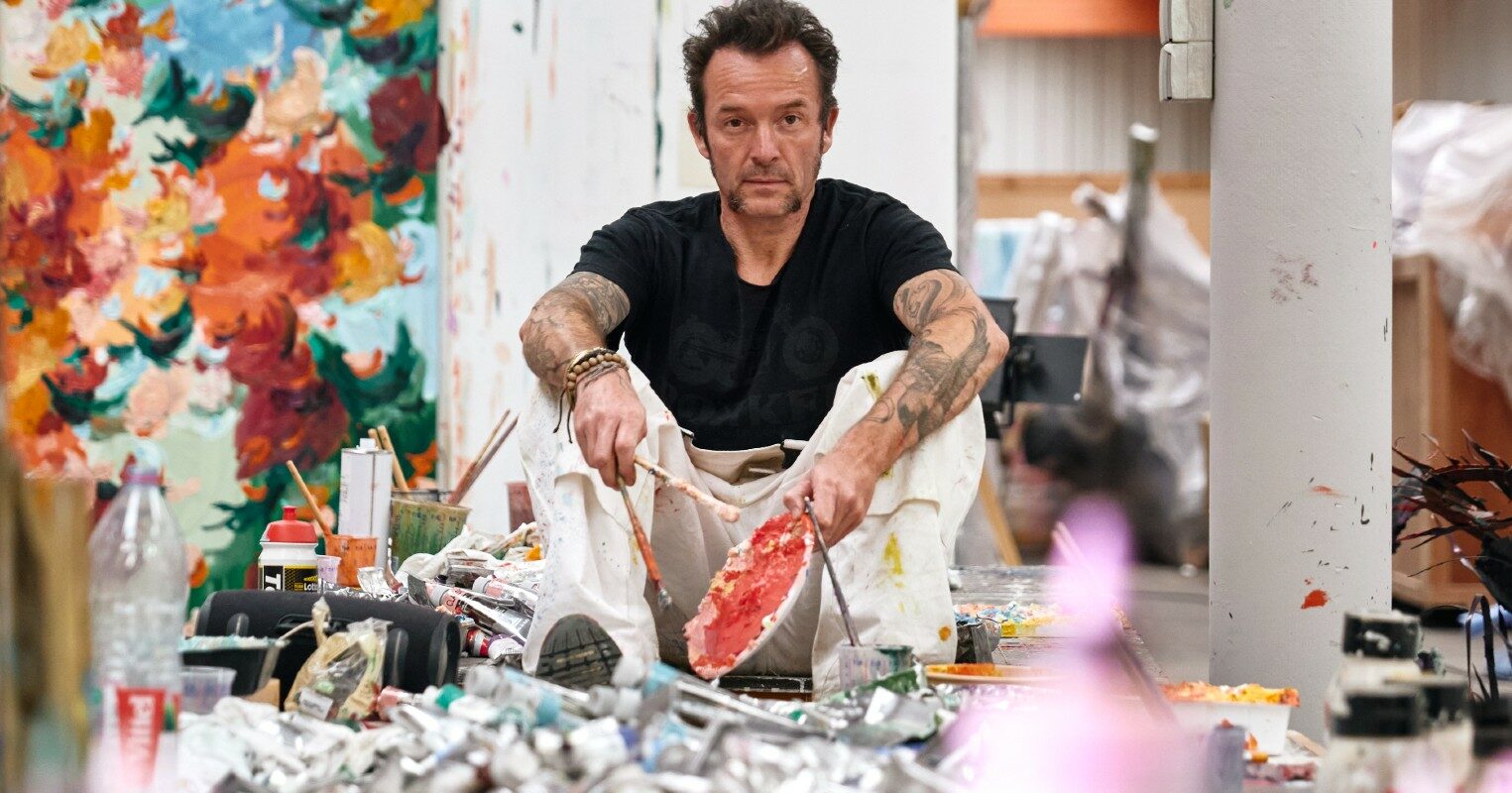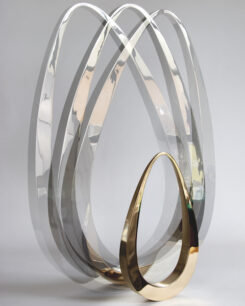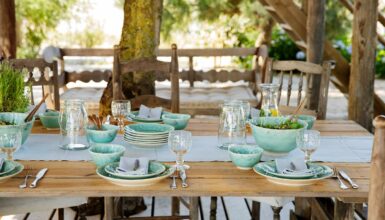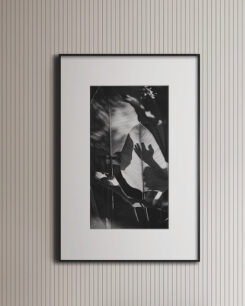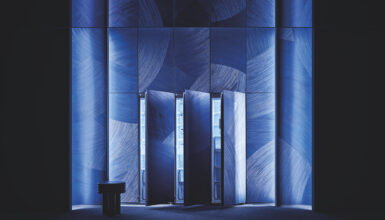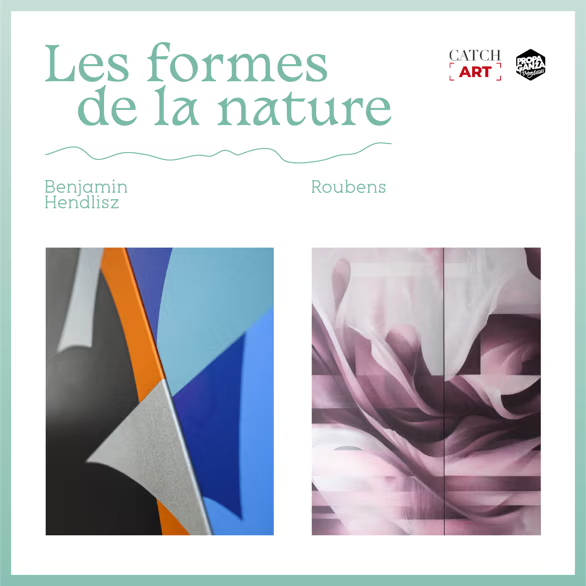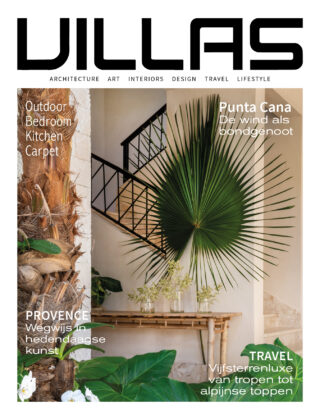Sommaire
From Street Art to public art, Arne Quinze’s desire to express himself artistically.
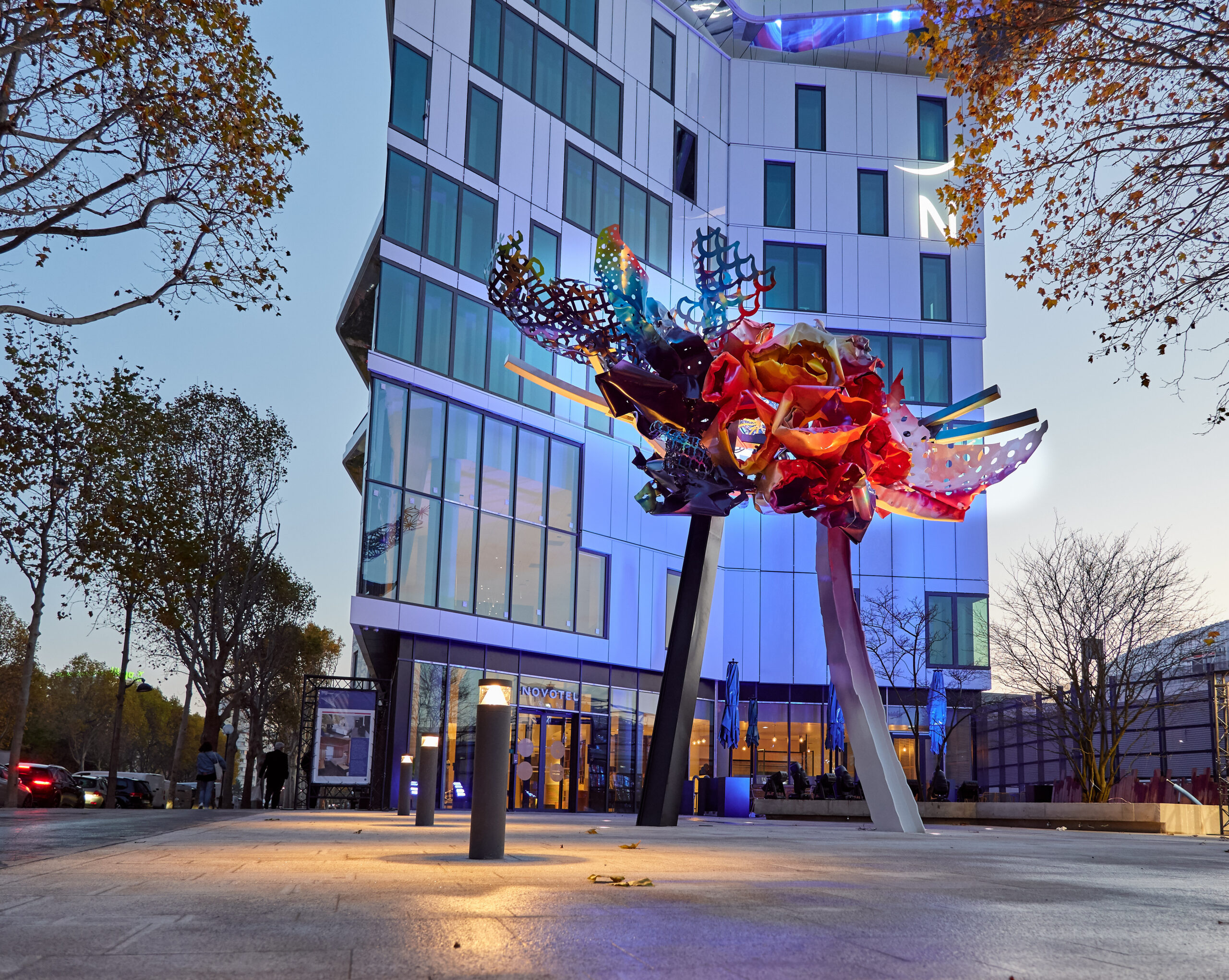
Arne Quinze | The Beautiful Dreamer | Paris
Arne Quinze was born in 1971 in the Flemish Region and spent his childhood in the midst of nature and the countryside. In 1980, after his parents’ divorce, he followed his mother and moved to Brussels. He discovers a gray city, full of concrete, almost soulless…. A great disappointment for him, but which eventually leads him to the world of art. It was during this period, at the age of 14, that he began to make graffiti and bring life back to the city. He tagged wagons, painted trains and, most importantly, got people to respond! This is how he got the trigger for his career as an artist: he wanted to bring people together and encourage them to communicate.
He has achieved this goal, as his projects can be seen in the biggest cities of the world. Arne Quinze creates wooden structures, sculptures, paintings, drawings and other large-scale installations that promote social interaction, urbanization and diversity. From Dubai to Sao Paulo, he artistically expresses his optimism for social cohesion.
Numerous monumental projects have stimulated his career and made him a major artistic figure, including his sculpture Uchronia in the Nevada desert. A huge collection of wooden planks, 30 meters high and 60 meters wide, which he set on fire in 2006 to symbolize transition and renewal.
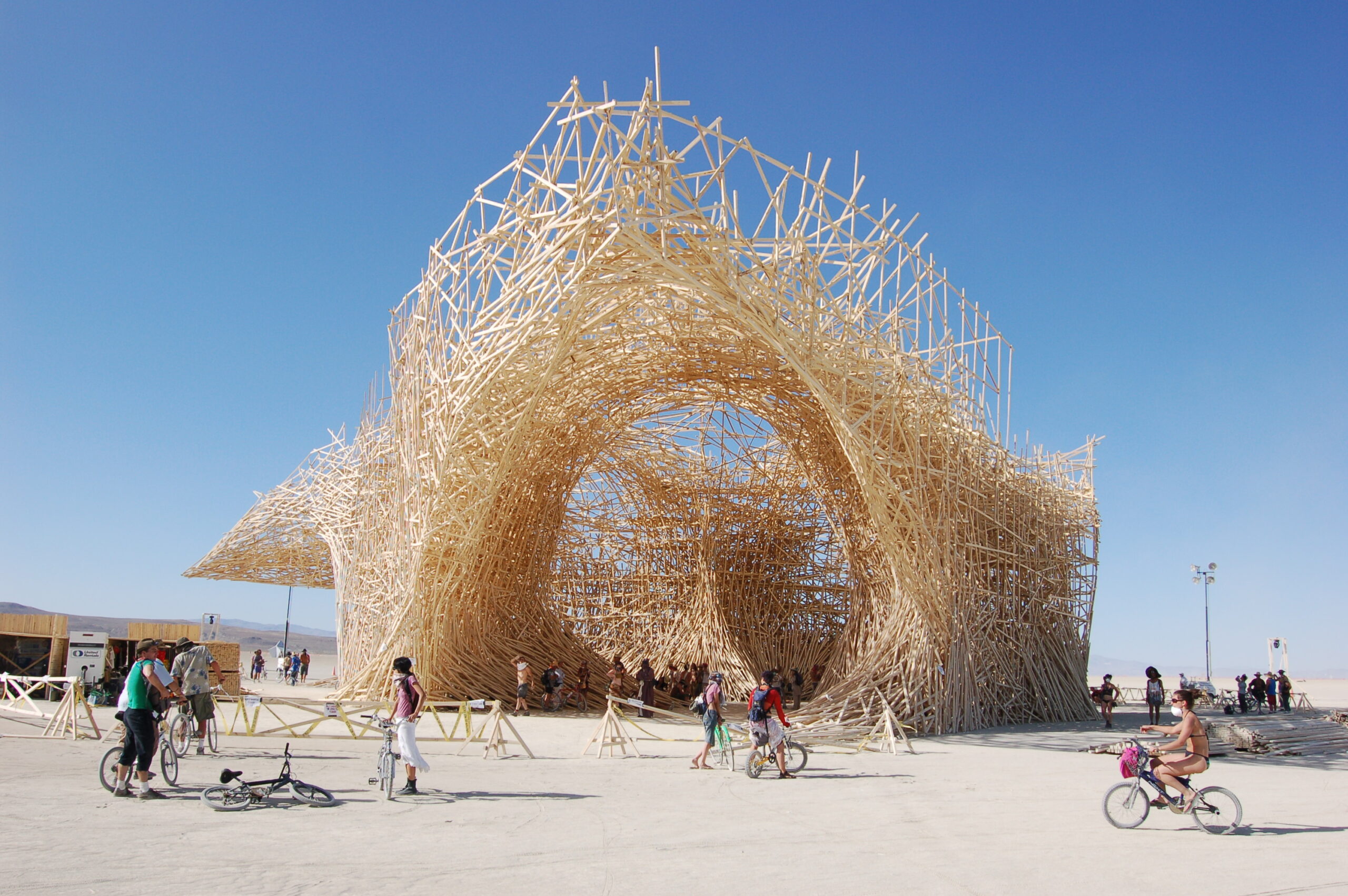
Arne Quinze | Uchronia | Nevada USA | Dave-Bruel
He is now multiplying his projects and exhibiting his works in prestigious places, including the Mons Museum of Fine Arts in 2021. In 2022, at the 59th Venice Biennale, he will unveil his latest sculpture Lupine, which embodies the power of nature. The Flemish artist will also be the guest of honor at the Brafa in 2022. From June 19 to 26, he will present paintings, sculptures, sound installations and the design of the carpet for this edition.
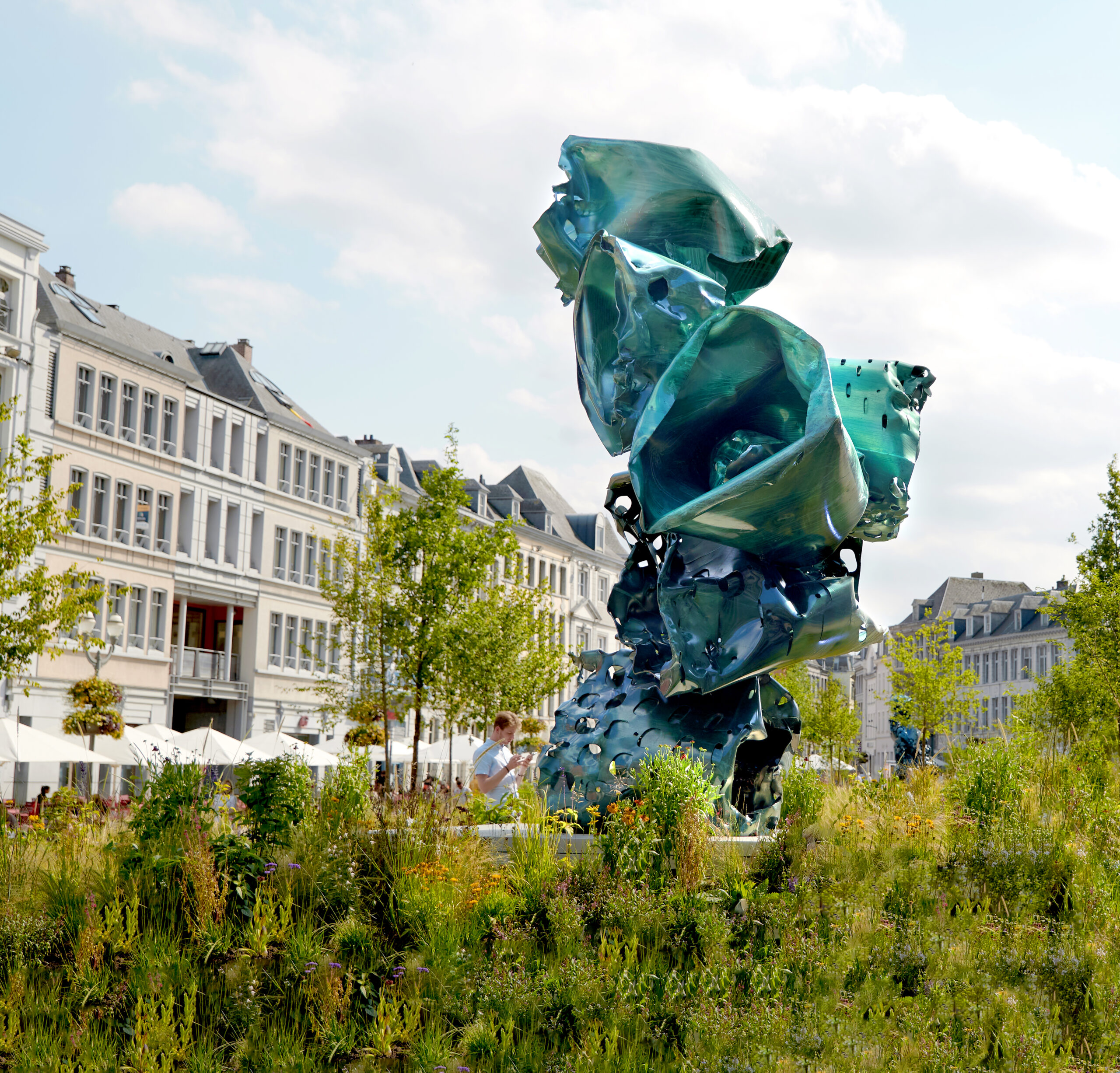
Arne Quinze | Lupine Centaurea | Mons | Dave Bruel
Transforming public space into an open-air museum
“Cities as open air museums – it sounds like an idealistic dream, but I strive to make it a reality. To confront a public that is surrounded by art on a daily basis. Art has a positive influence on people and their personal development: it broadens their horizons and makes them more tolerant of differences in society.”
The Belgian artist advocates that culture should not be locked up indoors, but spread outward so that everyone can recapture it and enjoy its beauty. His installations are integrated into public spaces to intervene in everyday life. In this way, they create a different dynamic for urban development. “The public area should be able to become a cultural place in the broadest sense of the word. At the beginning of his career, he began by looking for cities that could become open-air museums.
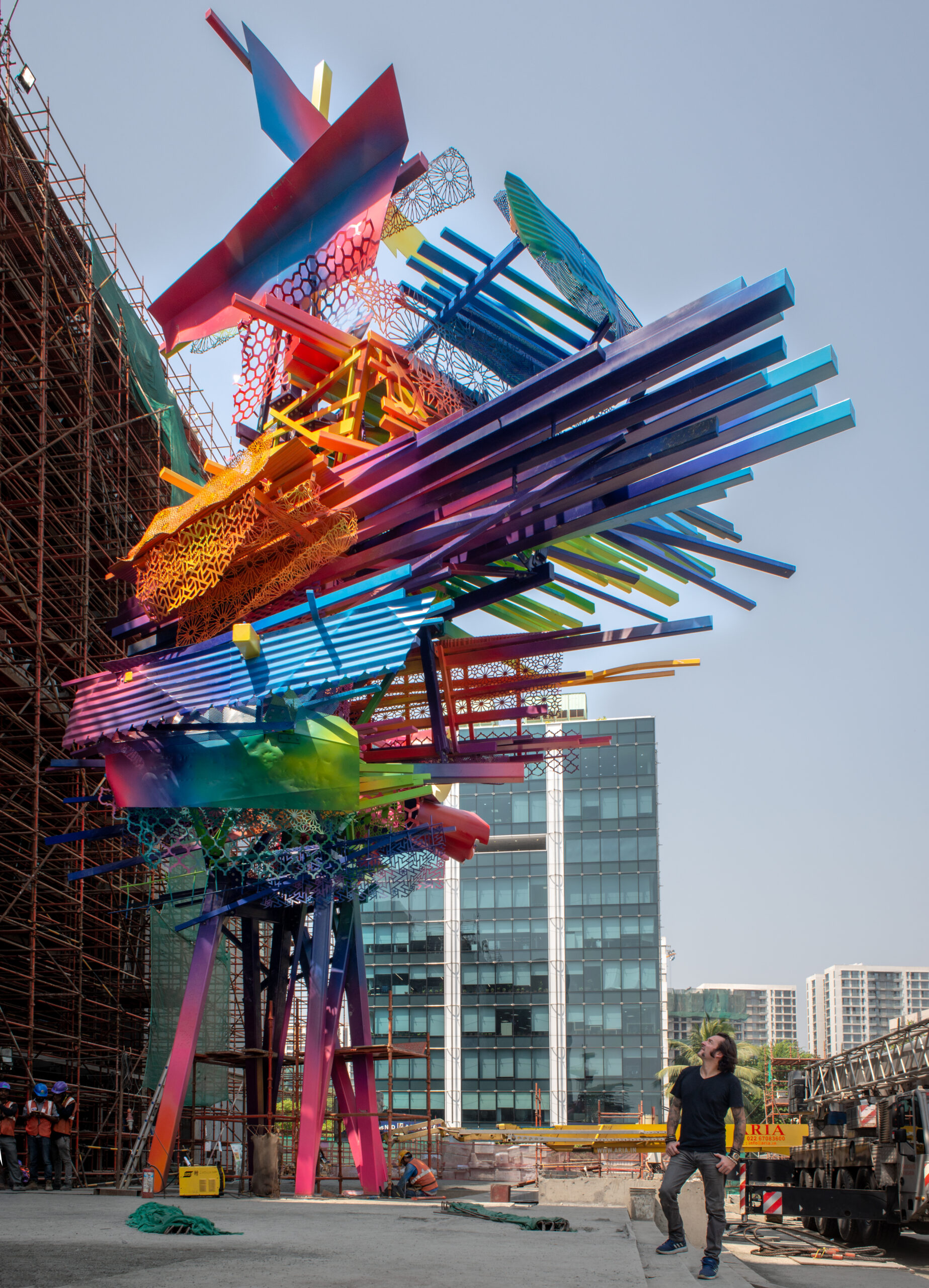
Arne Quinze | Stilt house Mumbai | Dave Bruel
A few years later, Arne Quinze’s gigantic installations flourished in the city centers of Belgium, France, Germany, Brazil, the United States and China; unconventional public works that defy any perception of the urban landscape. Among them: The Sequence, a sculpture, like a giant bridge of concrete and orange wood, 80 m long and 15 m high, representing the movement of the city and symbolizing the meeting of different cultures (Brussels, 2008).
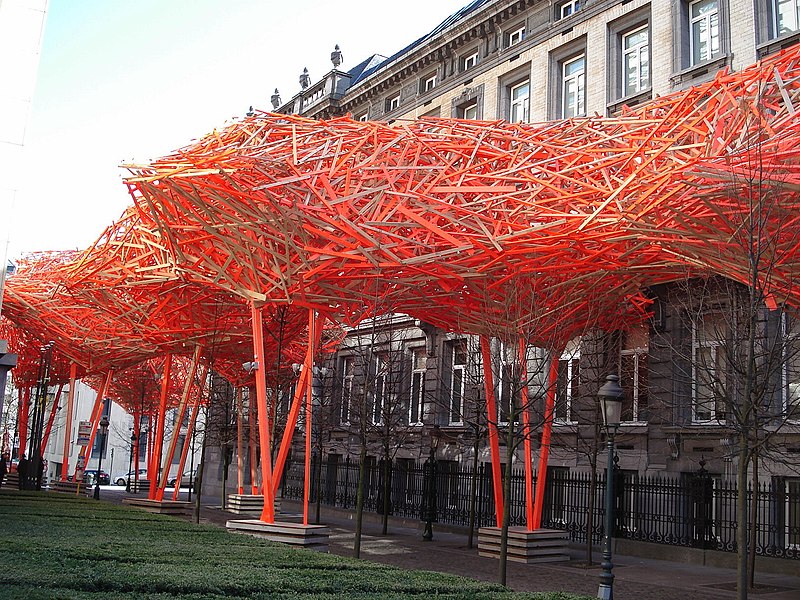
Arne Quinze | Sequence | Bruxelles
Arne Quinze’s constructions and sculptures are the result of numerous encounters with the unbridled beauty of nature. He uses his garden as a model. In his works, the artist presents society as a sample of nature. He denounces monoculture and calls for the preservation of diversity and pluralism, experimentation and cross-breeding. “During my many travels, I have noticed that where monocultures begin, natural wildflower fields disappear. The beautiful wild lupine, itself a victim of these cultures, has become my ally in bringing back diversity in our society. It grows freely in my garden among other wildflowers and is my inspiration for my oil paintings and metal sculptures.”
Bringing people together, creating wonder and provoking reactions: the ultimate goal of his unconventional art
By reconciling public space and nature, by mixing the beautiful with the dark, or by breaking with the conventions of urban art, Arne Quinze aims to provoke interactions. Passengers stop in front of the works, become spectators and share their emotions with others: a cohesion is created. This audience represents the wooden planks used for construction, which were separate before the installation, and then linked together to form a whole. What drives Arne Quinze is the belief in an idealistic society where everyone communicates, shares and interacts.
And to carry out this project, he exhibits installations with organic forms and explosive colors that offer cheerfulness. “I would like it to have a unifying virtue.” The essential principles that recur in his work are the use of wood and electric, fluorescent colors. The artist then assembles everything in a precise manner. Each placement of boards is studied to bring people together and create encounters. His large-scale projects are designed in such a way to grab the viewer.
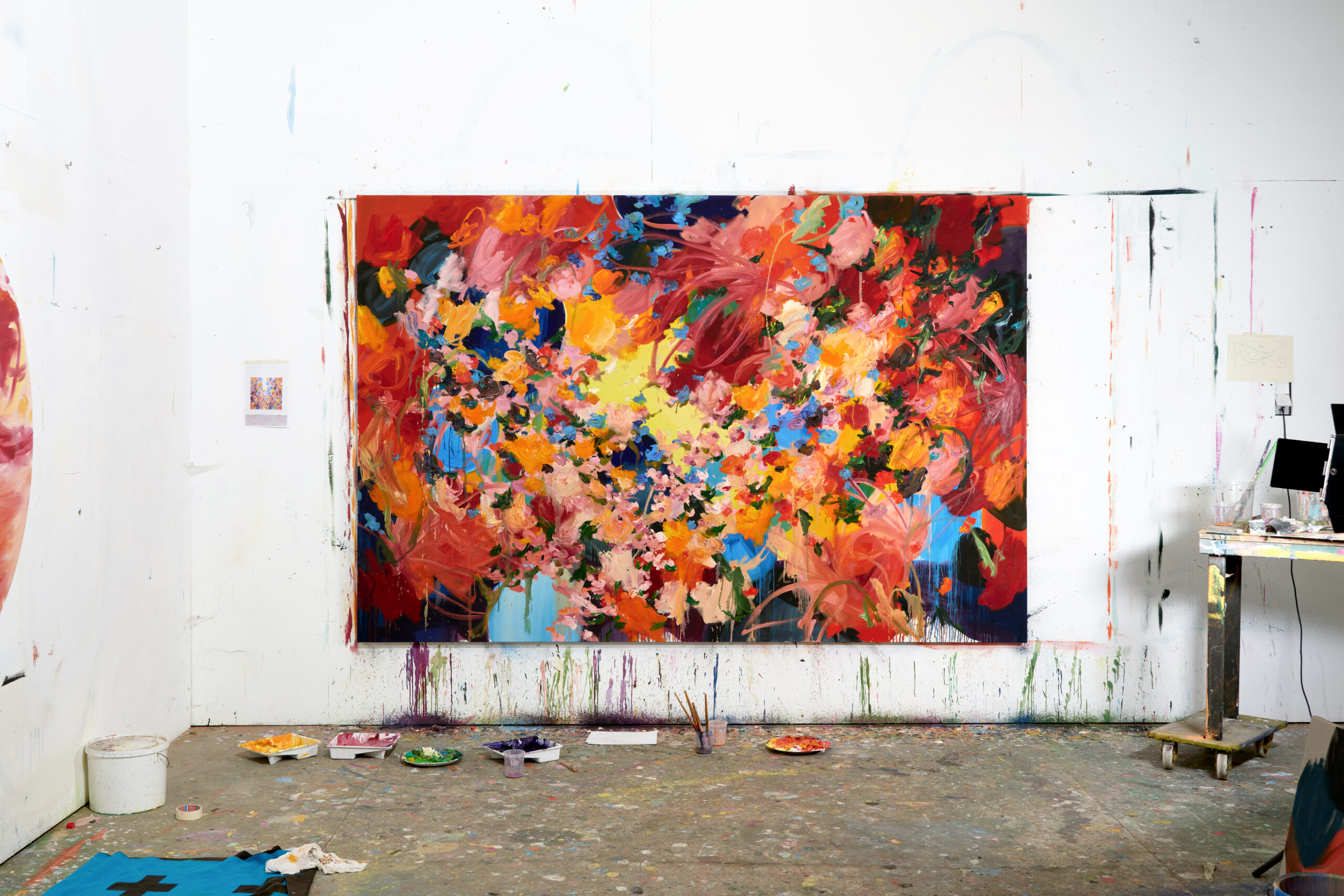
Arne Quinze | Erysimum | Dave Bruel
The artist even goes so far as to create a sense of loss in the audience. He deliberately cultivates ephemeral art: “The void that is left after the installation is removed is greater than the void before it. At the time of installation, the work is subject to positive and negative criticism, but once appropriated, the audience demonstrates to keep it.”
By going against the norm, Arne Quinze creates openness, a strong dialogue and a bridge between different cultures and people.
